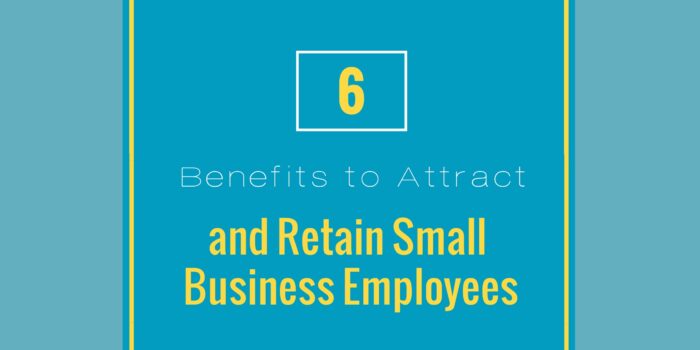[wpseo_breadcrumb]
 The pandemic has resulted in thousands of employees working from their kitchen tables or living rooms rather than the office or other workplaces.
The pandemic has resulted in thousands of employees working from their kitchen tables or living rooms rather than the office or other workplaces.
However, as more Americans receive a COVID-19 vaccination and organizations develop or update their return-to-work plans, some employees may still be eager to continue working remotely, even if just for a few days each week.
This article provides an overview of hybrid workplaces, the work model’s advantages and challenges, and tips for accommodating distributed employees.


 The COVID-19 pandemic is finally getting under control. As more Americans get vaccinated, states are gradually lifting restrictions, and life is returning to pre-pandemic normalcy.
The COVID-19 pandemic is finally getting under control. As more Americans get vaccinated, states are gradually lifting restrictions, and life is returning to pre-pandemic normalcy. The Equal Employment Opportunity Commission (EEOC) has
The Equal Employment Opportunity Commission (EEOC) has  Attracting and retaining employees is a constant struggle for organizations of any size, but it’s particularly so for small businesses.
Attracting and retaining employees is a constant struggle for organizations of any size, but it’s particularly so for small businesses.